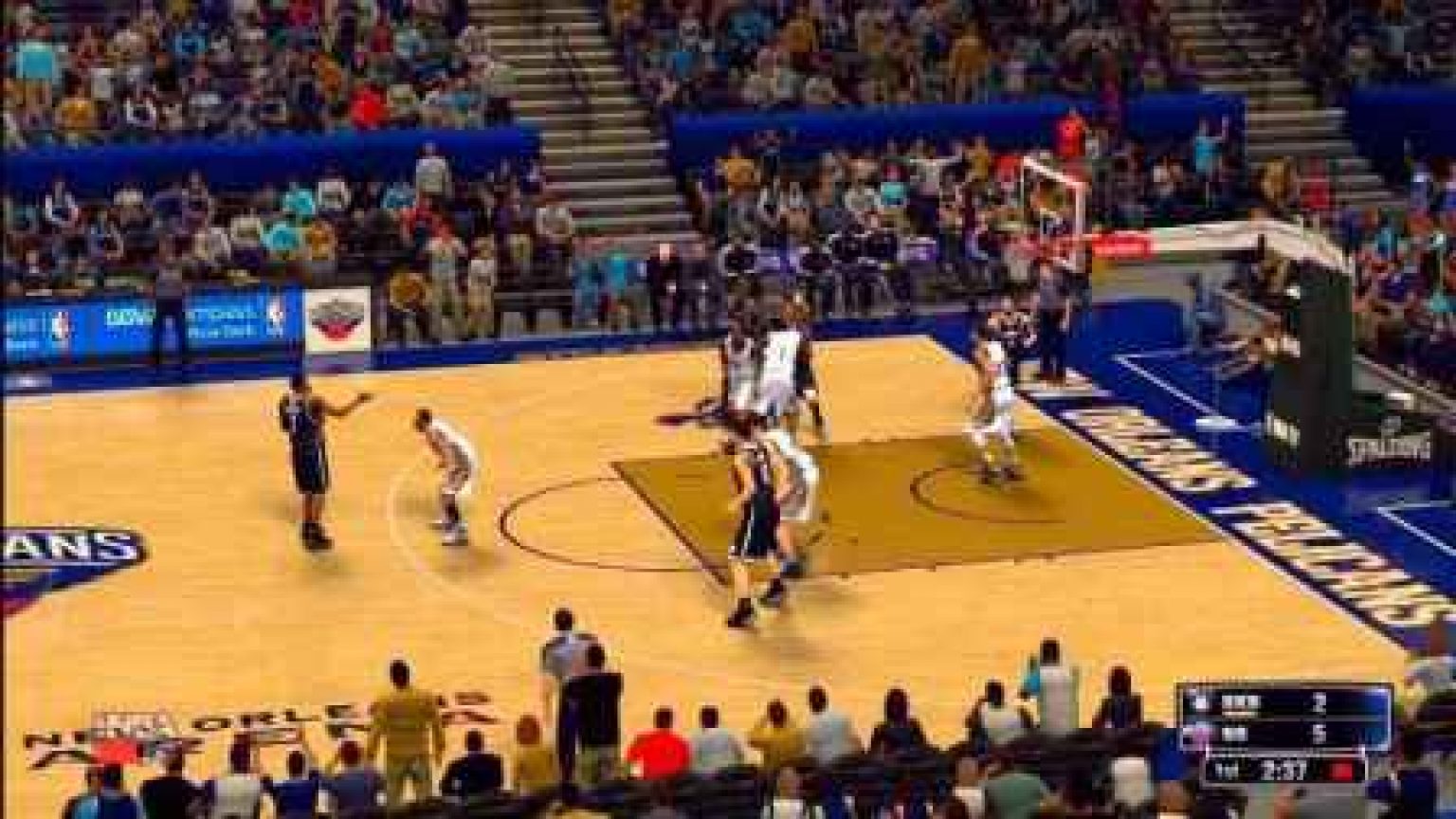

several different buttons and a directional rocker switch, but also because of a vastly improved user interface. In useability, the Dakota is leaps and bounds ahead of the 60CSx. Much poorer sunlight visibility than eTrex.Ģ.6 Inches / Resolution of Main Display: 160 x 240 Pixel Size: 2.6 Inches / Resolution of Main Display: 160 x 240 Pixelīetter visability in sunlight than Oregon. Garmin Dakota 20 First Impressions and ReviewĪ smaller version of Garmin's successful Oregon models GPS Tracklog: Garmin Dakota 20, Garmin eTrex Vista H, Lowrance Endura Sierra review, Garmin GPSMAP 60CSx | GPS Tracklog The switch to this chipset has reduced one of the advantages the 60/76 C(S)x series has enjoyed over newer Garmin models. While both are high-sensitivity chipsets, Garmin is still fine-tuning the MTK firmware. In early 2009, it appears that Garmin stopped using the SiRFstar III chipet due to a patent dispute, substituting a MediaTek (MTK) chipset. I read that the color display is easier to read in daylight.ĬSx designation on Garmin - C: color S: built in compass (drain's batteries) x: microSD memory card. The Magellan MapSend Direct Route software the first street routing software designed specifically for recreational GPS handhelds. Garmin has a much larger and more diverse product line. The primary two companies that appeared to be at the forefront of the industry are Garmin and Magellan. Portable (Internal battery for use out of car) Portable car navigation Systems (Recommended by Consumer Reports Dec. GPS Receivers: How to Choose - REI Expert AdviceĬheap Motorcycle GPS - How to Make One Using an iPhone for Under $150 - Mar 2015 The Best Hiking GPS of 2015 - Best Hiking Handheld GPS buyers guide - GPS Tracklog 2015 The Best Handheld GPS | OutdoorGearLab Aug 2015 DGPS requires an additional receiver fixed at a known location nearby.ġ. Other types of receivers use a method called Differential GPS ( DGPS) to obtain much higher accuracy. Most hand-held GPS units have about 10-20 meter accuracy. The accuracy of a position determined with GPS depends on the type of receiver. This operation is based on a simple mathematical principle called trilateration. They circle the globe at about 12,000 miles (19,300 km), making two complete rotations every day.Ī GPS receiver's job is to locate four or more of these satellites, figure out the distanc to each, and use this information to deduce its own location.

The Global Positioning System (GPS) is actually a constellation of 27 Earth-orbiting satellites (24 in operation and three extras in case one fails). When people talk about "a GPS," they usually mean a GPS receiver.


 0 kommentar(er)
0 kommentar(er)
